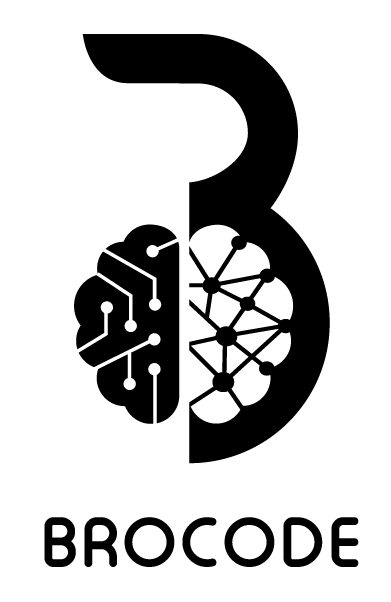Unlocking the Power of Python for Streamlined, Efficient, and Secure Web Development
Dive deep into the world of Python web development, and discover practical tips and industry-approved best practices. Enhance your coding prowess and build more robust, efficient, and secure web applications with Python.
Introduction
When it comes to web development, Python is a language that has a lot to offer. Its simplicity and flexibility, coupled with an extensive range of libraries, make it a choice tool for building efficient web applications. This blog will take you through Python web development’s best practices and share a few tips and tricks for success.
1. Choose the Right Framework
Choosing the appropriate web framework can significantly impact your development process. Django and Flask are popular Python frameworks. Django is a high-level, full-featured framework, ideal for complex applications, while Flask is lightweight and perfect for simpler projects. Choose according to your project requirements.
2. Follow the DRY Principle
DRY (Don’t Repeat Yourself) is a principle that Python developers should live by. It discourages the repetition of code, enhancing readability and maintainability. Utilize Python’s functions, classes, and modules to ensure code reusability.
3. Leverage Python Libraries
Python’s expansive ecosystem of libraries is a goldmine. Libraries like NumPy, SciPy, and Matplotlib can simplify complex tasks. For web scraping, use BeautifulSoup. Libraries like Requests and Selenium are excellent for HTTP requests and web testing.
4. Practice Proper Error Handling
Handling errors correctly is crucial to the development process. Python’s built-in exceptions are robust and comprehensive, but creating custom exceptions to handle specific situations can enhance your error management.
5. Implement Secure Coding Practices
Security is paramount in web development. Always sanitize user inputs to avoid SQL Injection and Cross-Site Scripting (XSS) attacks. Use Django’s CSRF protection to prevent Cross-Site Request Forgery attacks.
6. Use ORM for Database Interactions
ORM (Object-Relational Mapping) in Python can streamline database interactions. Django’s built-in ORM allows you to interact with your database like SQL. In other words, it’s a way to create, retrieve, update, and delete records in your database using Python.
7. Follow PEP 8 Guidelines
PEP 8 is Python’s style guide and following it ensures consistency and readability in your code. It covers various aspects like indentation, naming conventions, line lengths, and whitespace usage.
8. Embrace Test-Driven Development
Embracing Test-Driven Development (TDD) can help in creating error-free code. Python’s unit test module can aid in testing your code. Also, libraries like Selenium can help with web app testing.
9. Use Python’s Async Capabilities
Python 3.5 introduced native support for asynchronous I/O. It helps in making Python web applications concurrent and more efficient. Use libraries like aiohttp for asynchronous HTTP requests.
Conclusion
Python web development can be a breeze if you know the right tips and tricks. By following these best practices, you not only streamline your development process but also ensure a secure, efficient, and robust application. Happy coding!

